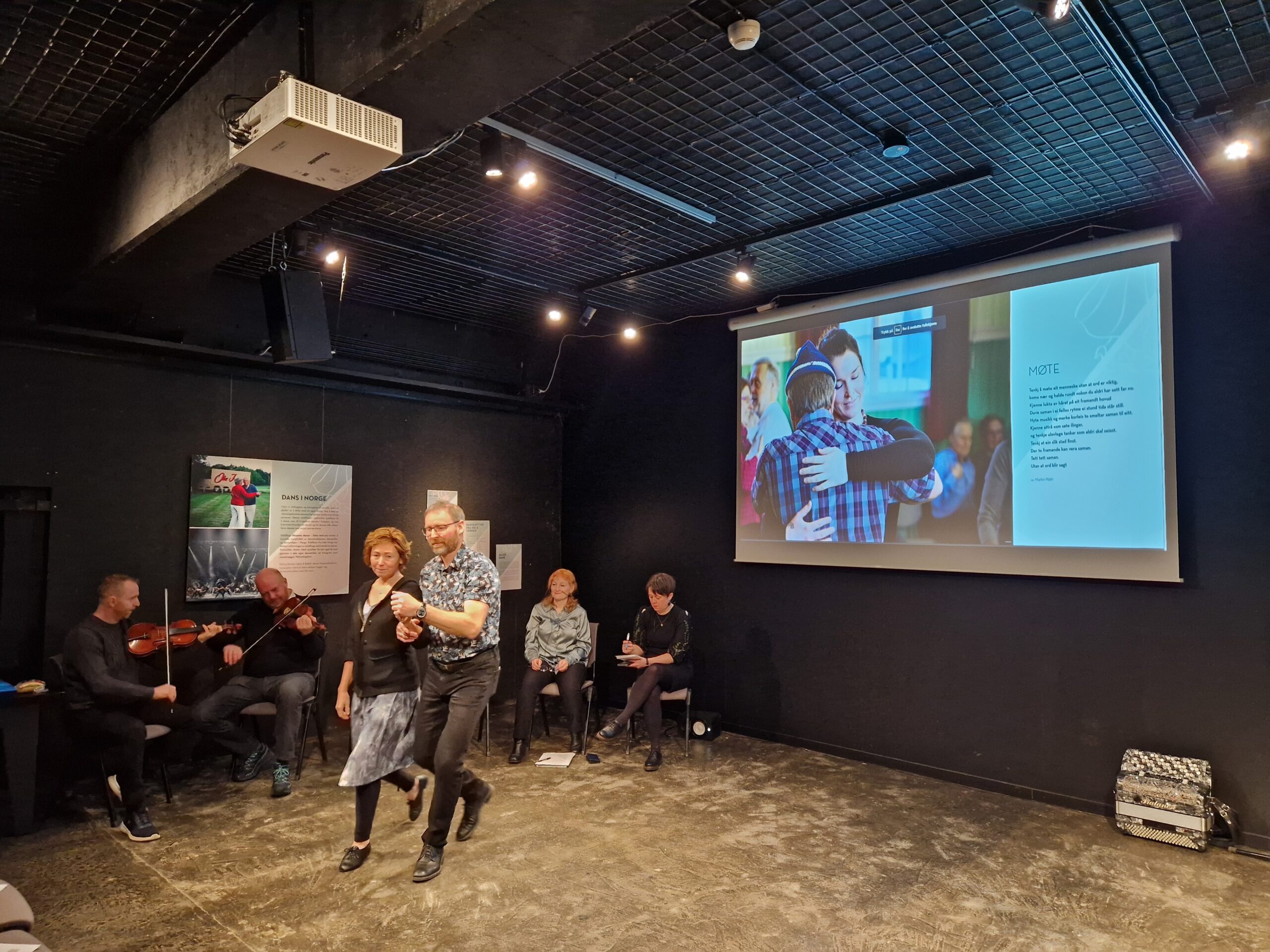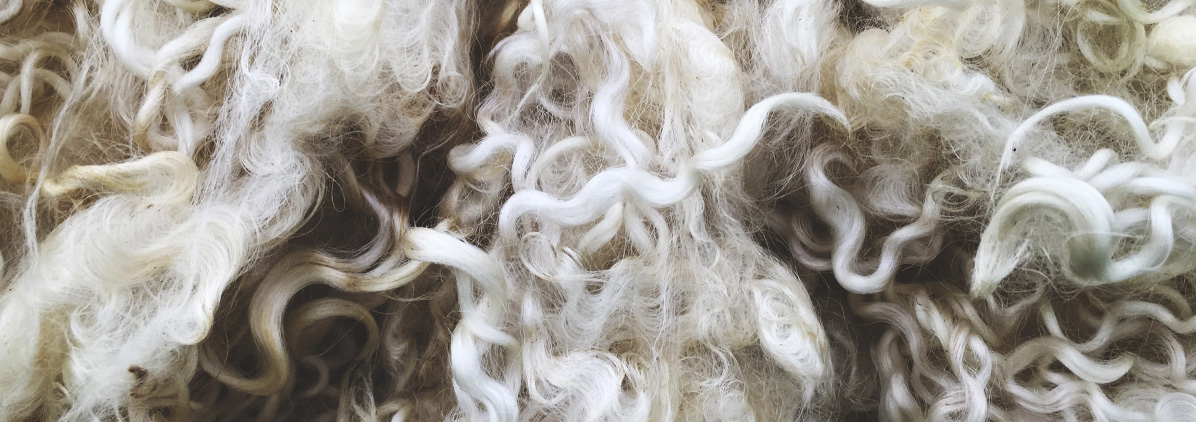
Røros municipality is located in mid-Norway, Trøndelag county, and is known as a UNESCO World Heritage Site for being one of the oldest towns of wooden buildings in Europe. Røros, with a little over 5000 inhabitants, is rich in living cultural heritage, including dance. With the pilot project the Norwegian centre for traditional music and dance wished to emphasise the role of folk dance for the town. The pilot project was connected to the existing project “Museums dance” (Museene danser) that explores new roles for museums for safeguarding living heritage of dance and the exhibition “Dans med oss!” that was shown at Røros museum at the same time.
A starting point to the pilot project was the need to investigate and detail what it means to talk about folk-dance and sustainability. How could folk-dance communities better articulate the social sustainability that dance holds? How would it translate as everyday activities? In terms of living heritage, the discussion started from the notion that folk-dance is considered part of living heritage, and continued to the question, how that affects the value of dance in terms of not only cultural but also social sustainability as, for example, a wellbeing activity in today’s society.
On the practical level of the pilot project, social sustainability of dance was considered, to start, from two perspectives. On the one hand, it was seen that local dance community would require new members to sustain their activities. On the other hand, dance as a social activity was considered to contribute to local social and cultural sustainability by adding to wellbeing, inclusion, and diversity. The goal of the pilot project was to bring these points together by increasing awareness and knowledge about folk dance, about its role for and in the local community and heritage and by inspiring more people to join the local dance community’s activities.
In addition to meetings, the pilot project arranged dance events, a two-day seminar that was streamed online and recorded, and even recorded and published podcasts about the topic. The pilot project created a forum for highlighting the many perspectives on dance as living heritage and social sustainability and called together to discussions different parties including, in key role, Røros museum but also local school, dance community, dance house, cultural school bag, and cultural school.
The initiative built on several meetings, both online and in person, throughout spring 2023, the duration of the pilot project, with representatives in Røros: museum leaders, local newspaper, cultural school, and community. This included the planning of the 2-day seminar on 14–15 February 2023 that was organised in cooperation with Norway’s Museum Federation (Museumsforbund) and the Arts and Culture Norway (Kulturdirektøratet). The programme built on the theme of the project “Museums Dance” and involved several speakers from Norway but also from Sweden and Spain. The event was both live streamed and recorded.
Following this, on 21 February, there was organised a so-called archive dance concert. For this event, there was utilised film and music clips from the archives of The Norwegian centre for traditional music and dance. The archive clips illuminated how music and dance traditions from Røros have changed through the years, and how these traditions have had a meaningful function for the local community and its social life. In addition, local musicians and dancers were encouraged share their stories about how music and dance traditions had been passed on to them and to reflect on the developments in the music and dance expressions as well as changes in the role of dance and music in the Røros community.
The archive dance concert was organised as part of the “Rørosmartnan”, a week full of activities in the town. The concert consisted of a 1,5-hour show on stage, with film clips and music recordings but also live music, live dance demonstrations as well as participatory demonstrations with the audience culminating with a dance party with live music. Participants were also invited to reply to an online survey for collecting data about dance as social practice and living heritage.
Awareness about the theme was also raised through wo podcast episodes that were produced in cooperation with the local newspaper. The topic of the podcasts was “why is it important to talk about social dancing as wellbeing and fun?”
The series of meetings with stakeholders in Røros concluded with a full day in person meeting concentrating on planning a strategy about how to continue after the pilot project. Attended by key persons of the local community, the day proved to be very fruitful with discussions on continuing activities and strengthening the network in the years ahead. The culmination for the pilot project were the smaller dance events held at Røros museum in May and June. These events were especially for children and their families.
The pilot project resulted with several events: meetings, a seminar, dance events and even podcast episodes. The February seminar brought 50 participants to Røros museum, notably from other museums in Norway. Over 25 different museums were represented also on stage sharing how they work with transmission of dance as living heritage in their local communities.
The archive dance concert proved to be a success with 130 visitors participating the event that showcased Røros’ dance and music evolution and activated participants to learn about local folk dance. All discussions from meetings, conversations with the dance community, and replies to the survey contributed to the data collections that were studied further for writing a research article (planned publication in 2024).
A key result of the experiment for Norwegian centre for traditional music and dance was the increased interaction with the various actors in Røros and the growing networking among them. The pilot project supported the local actors to meet and cooperate more: to think new ways about how to work together, which events to arrange and where these should be, and how to talk about their living heritage as appreciated part of contemporary everyday life and as something that members of the community can easily relate to and participate.
Together the seminar and the archive dance concert worked to establish dance as an example of social and cultural sustainability and encouraged local stakeholders to prioritize social dance when planning their future activities. Through the project it was demonstrated that talking together about social dance in positive and innovative ways is important for safeguarding social folk dances and helps community members to appreciate their shared heritage and its meaning for a sense of cultural identity and community cohesion. The project strengthened the role of the museum, the cultural school and other actors in supporting traditional arts and community engagement.
Pilot project manager: Norwegian centre for traditional music and dance https://www.folkemusikkogfolkedans.no/
https://www.folkemusikkogfolkedans.no/nyheter/dans-pa-museum-webinarhttps://www.folkemusikkogfolkedans.no/nyheter/arkivdansekonsert-under-rorosmartnan
